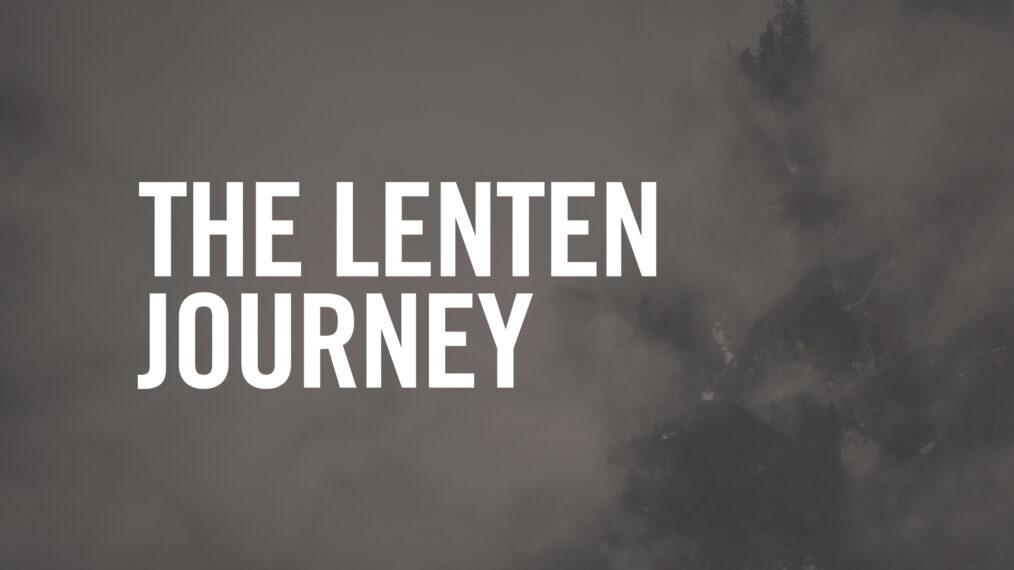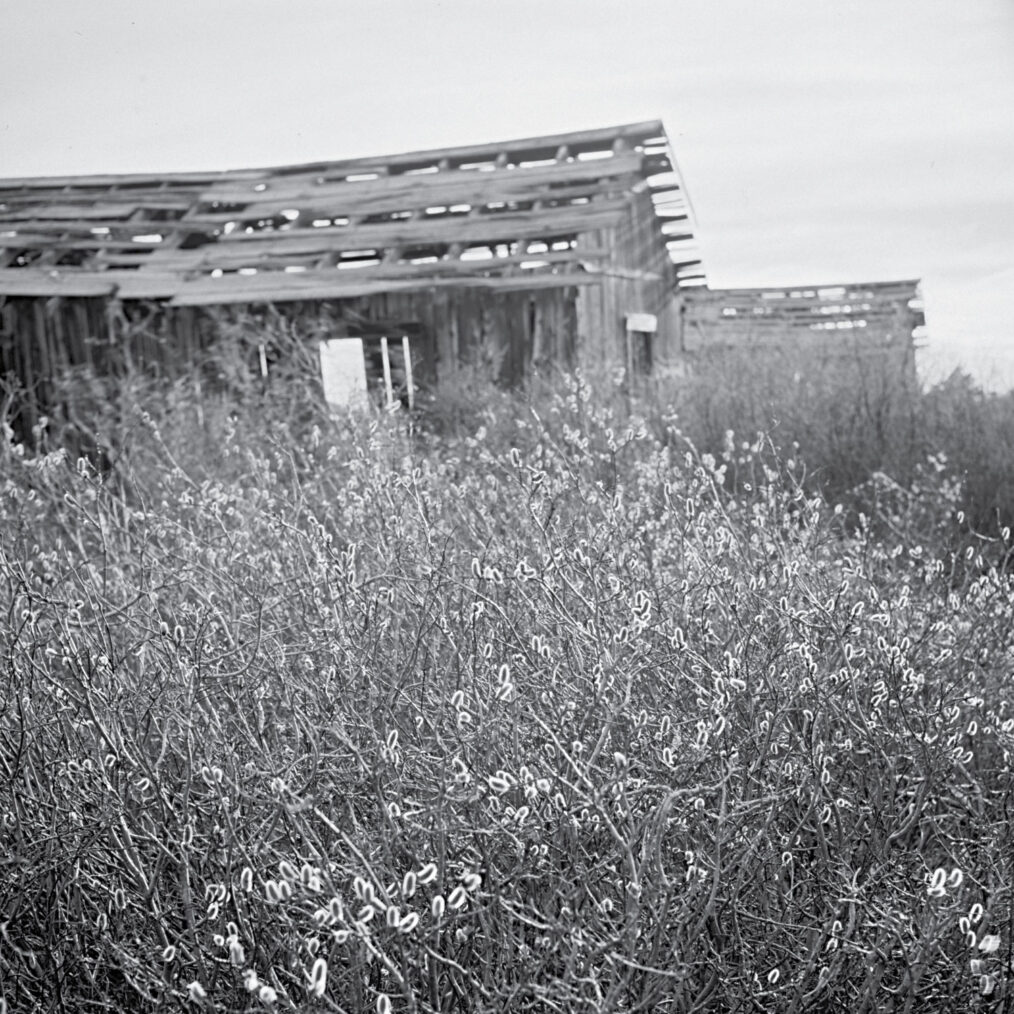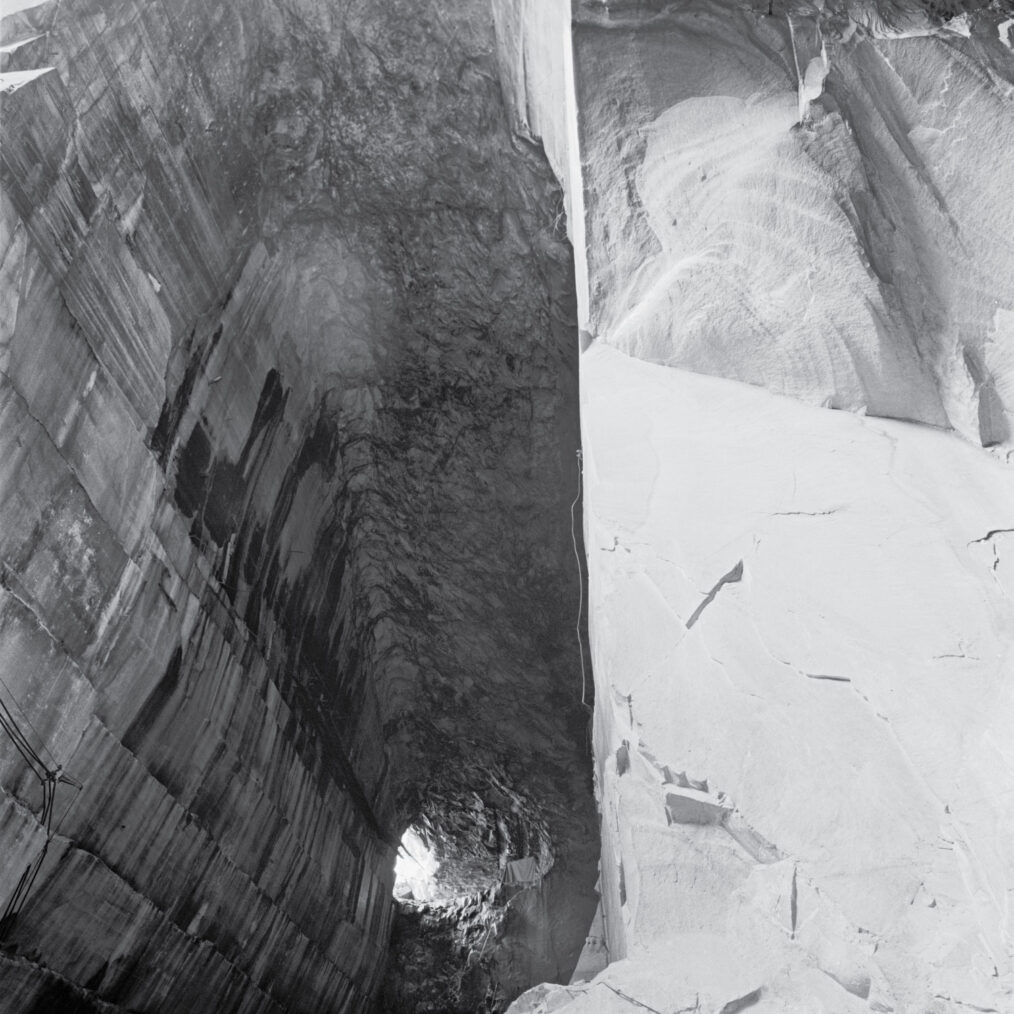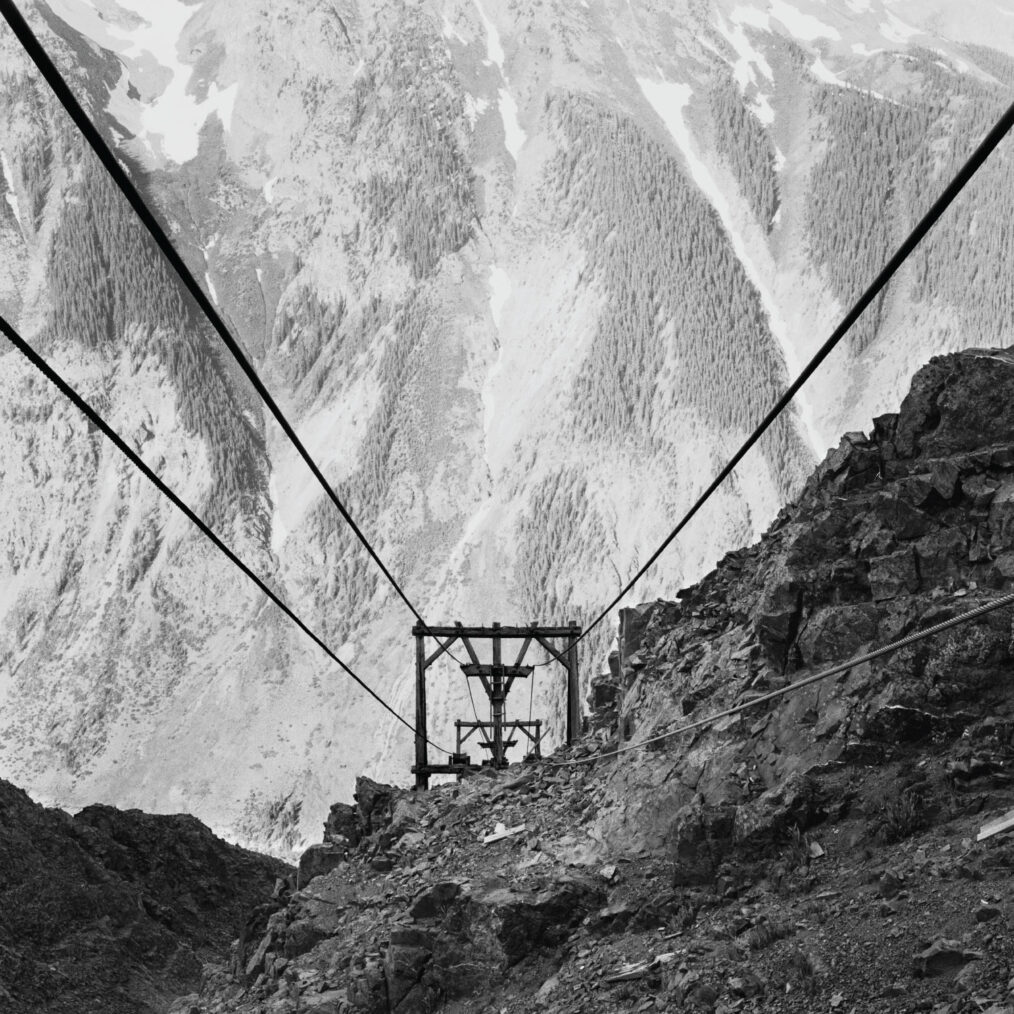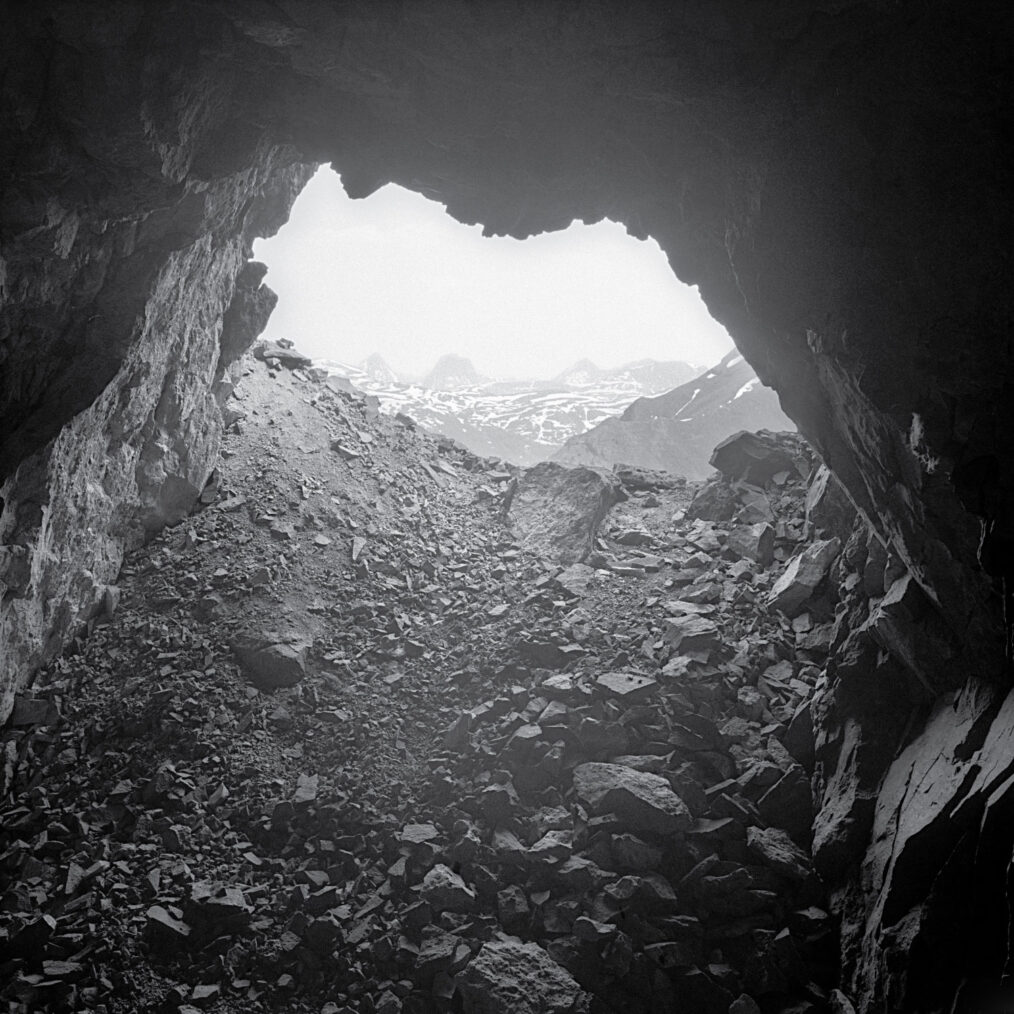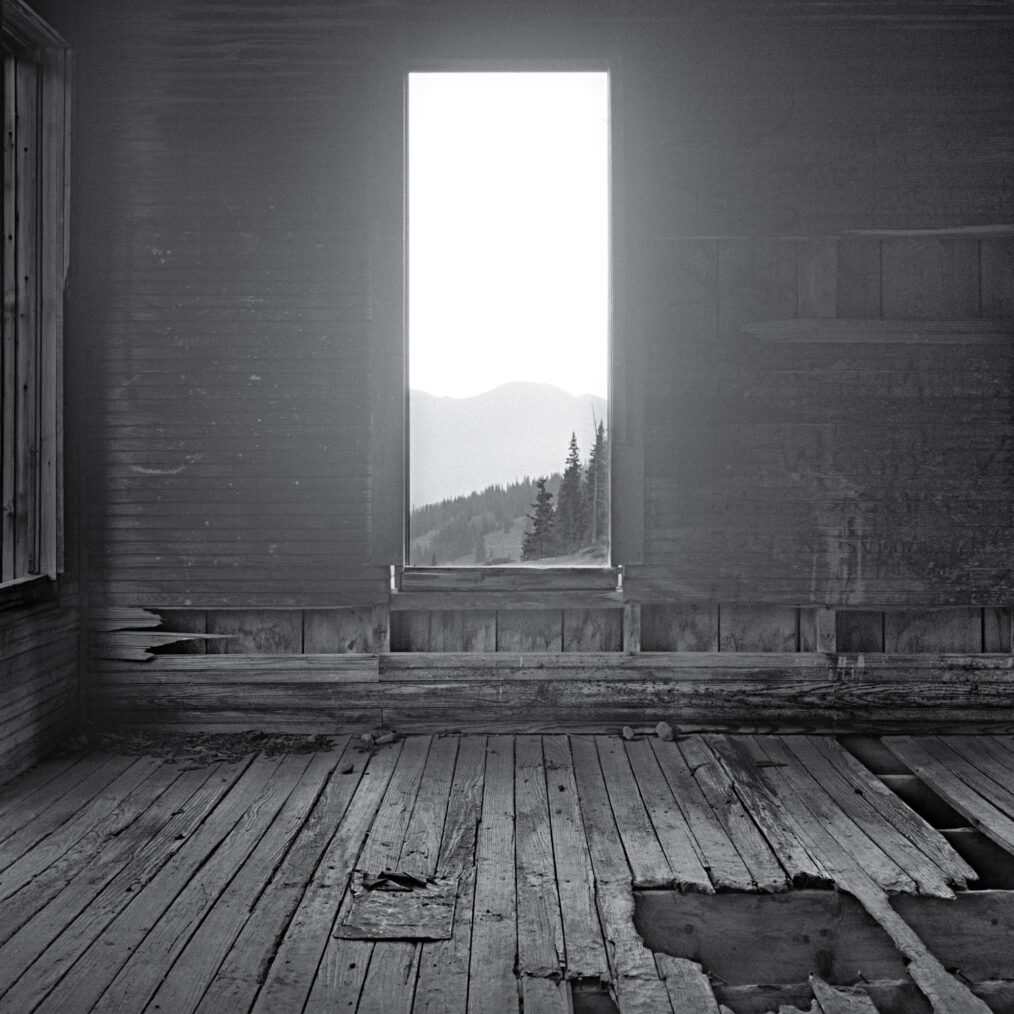Podcast: Play in new window | Download
Podcast: Play in new window | Download
This Spring, Grace City Church, which meets at the Asterisk Building downtown, will merge into our church family, and Park Church will become one church with two congregations. Listen to a conversation between Gary McQuinn and Ryan Gannett as they seek to answer some anticipated FAQs, or visit parkchurch.org/downtown to read these questions and others in long-form or to submit your own question.
Jesus came quietly into the world. Though He came humbly, He came as the fulfillment of everything we’ve longed for.
This is part four in a series on our artwork for “Echoes of a Voice,” our series for Advent 2020. If you haven’t read the intro to the series, start there first! You don’t need to read each post in order, but here is post one, post two, and post three if you haven’t seen them.
Replay the “Delight in Beauty” Service
Creation is filled with beauty. The beauty all around us sings of God’s design. God is beautiful. Jesus is beautiful. Of course we should seek after beauty! But what are we inclined to do with our beauty cravings? Is it easy to satisfy our hearts (prone to wander as they are) with the notion that all beauty is meant to direct our gaze upward toward our maker? Cheap “beauties” surround us, and to make matters worse, our culture tends to tell us things that draw us inward: “You are what’s most beautiful—if people would just stop to appreciate you!”
In this fourth John Forney photograph from his What Remains? series, a flood of cottontails is illuminated. One could easily stop there, enjoying the glow, not fully actualizing the ancient skeleton homes that stalk the background.
While the illuminated cottontails are beautiful and should, by all means, be enjoyed as such, they also give us a good example when it comes to our delight in beauty: the glow comes from light outside of the frame. As David writes in Psalm 16:2, “I say to the LORD, ‘You are my Lord, I have no good apart from You’,” anything abstracted from God cannot be enjoyed in full, but only out-of-context. The skeleton home of our world, which perpetually tries to delight in beauty (or anything) apart from God, serves as a stark reminder: there’s nothing to see if not for the light.
But how that light shines! In Advent, we remember that “The light shines in the darkness, and the darkness has not overcome it,” because “the Word became flesh and dwelt among us…”
When we look upon the Lord, in all His splendor and beauty, it brings us truest joy; an unending joy that cannot be taken away. This comes from following the beauty from the illuminated, earthly thing, to the illuminator. The joy and beauty at the end of that path is not dependent on our emotions, our mood, or what beauty we can “feel” (in ourselves or in the world around us). In addition to this being the beauty we were always meant to enjoy, the beauty of God is also what we ourselves were meant to put on display to others.
This is part three in a series on our artwork for “Echoes of a Voice,” our series for Advent 2020. If you haven’t read the intro to the series, start there first! You don’t need to read each post in order, but here is post one and post two if you haven’t seen them.
Replay the “Quest for Spirituality” Service
It is normal for us to search for meaning and purpose through some sort of spirituality. This desire is an echo of God’s voice as we long to know Him, to have faith in Him, and to be in union with Him. We try to find meaning and purpose in our lives. We may try to make sure we’re “good people” by doing the right things. Sometimes we try to be religious or spiritual just to be religious or spiritual.
This third photograph from John Forney’s What Remains? series is from a marble mine in Marble, Colorado. A high ledge is seen in the right hand side of the photo, and on the left hand side the cavern drops steeply, with an entrance/exit tunnel letting light in. If the difference in elevation between the lighter rock shelf and the cave entrance below is not immediately obvious, the texture on the dark wall is worth a second look: a hundred layers of excavation clarify the dizzying difference. So why this photo?
Without Christ in mind, our quest for spirituality progressively reveals something that horrifies us, whether or not we concede to it: it’s a long way up from here. We’re faced with an astounding wall and we have no rope, no ladder, and truly no choice—our innate drive is to get up there, to not stay in the depths. It’s easy to see why. But the light at both the top and the bottom of this cave is the same—an echo from the surface.
The Christian has a drastically different faith than any other religious or spiritual system in the world, and it all boils down what we do at this universally-met “cave wall.” In Christ, God has already done all the work to make us acceptable; to meet us to transcendence beyond ourselves. In Christ, God has showed us clearly that He loves us and has rescued us into His joyful union—without us doing anything. In Christ, though cave is still dark and we know how deep down we are, all we need to do is trust that Jesus completed the work, turn our hearts toward His well-evidenced love, and live in joyful response.
This is part two in a series on our artwork for “Echoes of a Voice,” our series for Advent 2020. If you haven’t read the intro to the series, start there first! You don’t need to read each post in order, but here is post one if you haven’t seen it.
Replay the “Hunger for Relationships” Service
God exists in relationship with Himself (Father, Son, and Holy Spirit) and has patterned us after Himself. God is a relational God and therefore we are also created for relationship. Our hunger for relationships with each other is an echo of God’s voice calling us into a relationship with Him.
This second photo from John Forney’s What Remains? series is in the same geographic ballpark as the first photo, the Old One Hundred Boarding House, 2,000 feet above the Old One Hundred Mine in Silverton, Colorado. In a disorienting frame of reference, one mountainside makes up the foreground, while a different mountainside makes up the background. In the middle is the long-derelict tram that ran to and from the boarding house.
In our souls there is a gargantuan longing for intimate relationship with God, but the divide between us regularly feels unfathomable and disorienting. Though surely God is much closer than we think, by giving us each other, He has given us a measure of grace and a signpost. We’re like a tram for each other up a high mountain, or at least we’re a memory of a time when man and God could visit each other like human friends visit.
But at this point in history, Christians know how the chasm between God and man is truly, safely crossed. Jesus came to make a way for us to have a relationship with Him. He went through great lengths: being born as a human, taking on flesh, living a perfect and sinless life, dying in our place, conquering death, and coming back to life so that—because of His life—we could be at peace with God through relationship with our Creator.
This is week one in a series on our artwork for “Echoes of a Voice,” our series for Advent 2020. If you haven’t read the intro to the series, start there first!
Replay the “Longing for Justice” Service
God has put the longing for justice within us. This longing is an echo of His voice; His design. We desire justice because God is just. He is the only One who can make things right.
However, the reality is that our world is broken. Filled with sin. The world isn’t fair. It feels hopeless at times and we long for things to be made right.
This photo from John Forney’s What Remains? series was taken in the cave trail to the Old One Hundred Boarding House, 2,000 feet above the Old One Hundred Mine in Silverton, Colorado. Looking out of the mouth of the cave, sky and high mountains are seen close by, but there’s nonetheless a dark hole to climb out of before getting into the open.
We belong outside of the “cave,” and that feels obvious when in the depths. In the same way, human beings are meant for the justly-ruled kingdom of Jesus, and our current time on earth makes it painfully obvious just how badly we need His good rule here!
But it’s from these depths that we long.
While wait for Jesus to return and fully restore all things, we nonetheless presently participate in His mission by helping bring about justice—by helping others climb out with us. And as Jesus progressively fixes what’s broken inside of each of us, He also gives us a future hope that He will indeed bring complete justice and “rightness” to the world.
This year, our Advent series at Park Church is called Echoes of a Voice. If you’ve seen the photography in the building, on the livestream, on Instagram, or in your Advent Guide, you’ve probably asked yourself, “what is this about?” or “what’s the connection?”
First, we want to introduce you to John Forney. John and his family have been at Park Church for several years. He’s a self-taught black and white film photographer, working with vintage 8×10 cameras in large and medium formats. For Christ in the Psalms 2020, John shared an incredible photograph in support of our Psalm 104 week. After digging deeper into his work, we reached out about John’s What Remains? series as an artistic vision for Echoes of a Voice.
First, John is going to tell the story of What Remains? Next, we’ll share about its connection to Advent this year at Park Church.
What Remains?
by John Forney
I began this project about 17 years ago as a novice photographer without any real experience. I was looking for an approach to combine my outdoor interests and my photography interests in a way that wouldn’t necessarily create more “landscape photography.” I was mostly aware of what I didn’t want (traditional landscapes), but I thought maybe ghost towns could provide an opportunity to explore and work out some sort of photographic vision.
 At first, I started to explore ghost towns along the front range. They were nearby, accessible, and allowed me to get my bearings. What may not be as obvious from the early images in the series is that I was shooting at night. It was the only free time I had. I could ballpark my exposure times and let the camera record light for quite some time. Minutes turned to hours. Long exposures uniquely record time and space in ways we don’t experience. I was hooked.
At first, I started to explore ghost towns along the front range. They were nearby, accessible, and allowed me to get my bearings. What may not be as obvious from the early images in the series is that I was shooting at night. It was the only free time I had. I could ballpark my exposure times and let the camera record light for quite some time. Minutes turned to hours. Long exposures uniquely record time and space in ways we don’t experience. I was hooked.
I slowly started to amass a small body of work. The collection of images started to seem cohesive―my loose definition of a project. At this point it was simply personal amusement, but not for long.
I had two experiences that were pivotal in shaping my understanding of the project:
The first experience was on wintery January day. I had obtained permission to enter the abandoned Paris Mill near Alma. What little research I had on the mill indicated it had an unusually large amount of original mining machinery―and, that it was literally infested with rats. I signed a waiver with the real estate company representing the mill releasing them from any personal liability on my part and on a snowy, January day I entered the mill.
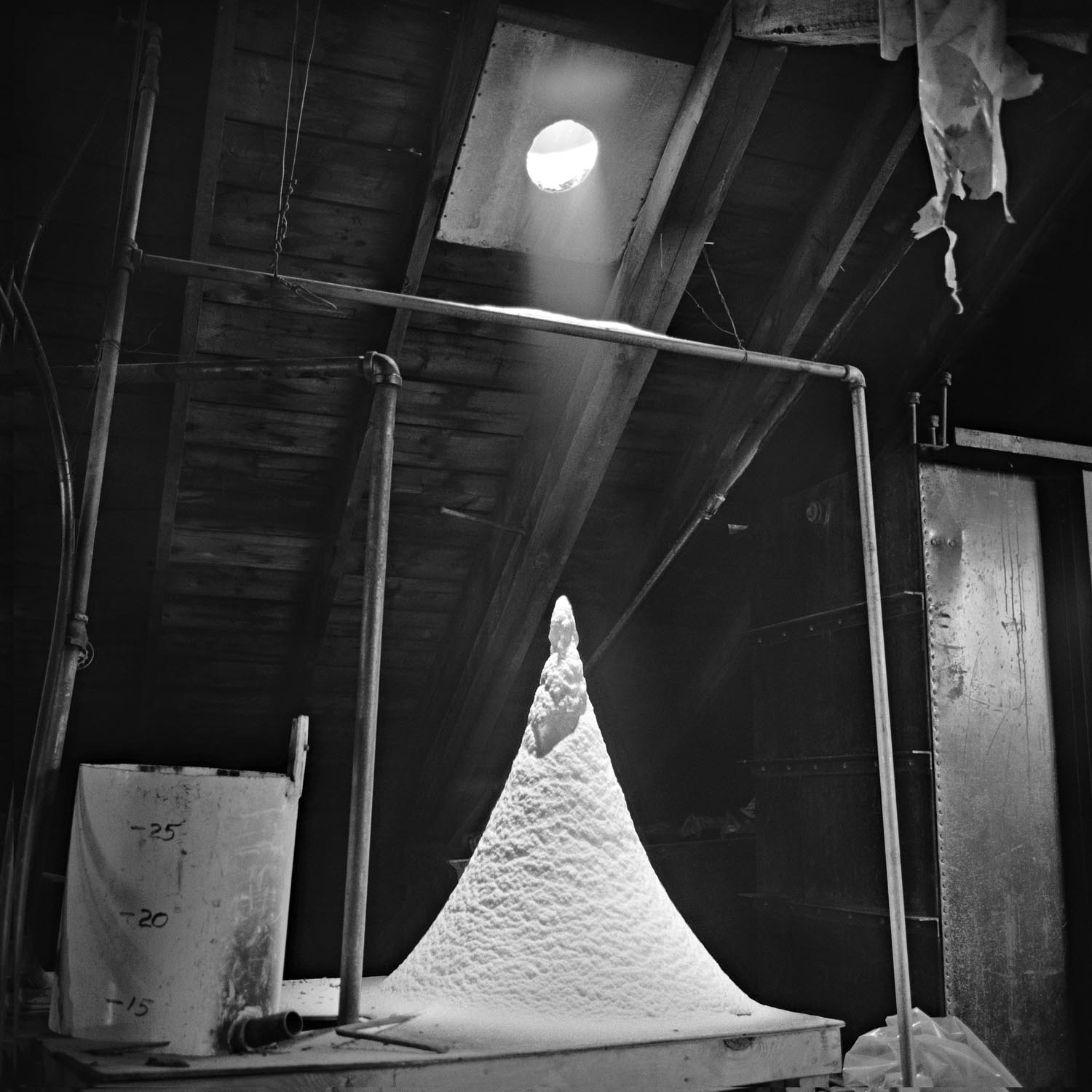 Now, my wife can tell you how unnerved I am just about mice. Frankly, they freak me out. Yet I had willingly stepped into a rat-infested mill. As a matter of personal safety, I’d never say I felt at ease, but as minutes became hours I slowly worked my way through the mill making images. Certain areas of the mill were very dark as the roof and walls were still intact. Other areas where the roof had collapsed became large labyrinths of light reflecting off structures, machinery and the snowfall. In one sense, I didn’t want to leave. In another sense, I couldn’t wait to be done.
Now, my wife can tell you how unnerved I am just about mice. Frankly, they freak me out. Yet I had willingly stepped into a rat-infested mill. As a matter of personal safety, I’d never say I felt at ease, but as minutes became hours I slowly worked my way through the mill making images. Certain areas of the mill were very dark as the roof and walls were still intact. Other areas where the roof had collapsed became large labyrinths of light reflecting off structures, machinery and the snowfall. In one sense, I didn’t want to leave. In another sense, I couldn’t wait to be done.
This first experience at Paris Mill set the metaphorical backdrop for the next chapter in my life.
The second experience occurred in a much less “assuming” manner. It was a Saturday morning. I was at home. I was washing dishes. My three then-young kids were doing who knows what—washing the dishes was a momentary solitude from the busyness of parenting. My mind was wandering, thinking about my ghost town project. Like a lightning bolt, an epiphany, maybe even a warning: I had the most vivid impression. All I heard or saw in my mind was “THIS IS YOU! You are the ghost town.”
I was taken aback. Like what? But very quickly I kind-of understood. Despite how it sounds on paper, I didn’t perceive this as condemning. It was something deeper that was very personal to me after experiencing ghost towns. I was, unknowingly, on the verge of a very dark season in my life. This time, instead of willingly walking into the “mill,” I would be thrown in. The horrors would exceed my deepest fears. In many ways, this message was one of encouragement that I would inevitably need: “Above all else, guard your heart, for it is the wellspring of life.”
It was soon after this second experience that I named this project What Remains? The title has some obvious tie-ins with the subject matter. But the deeper meaning begs the question: “How’s your heart?”
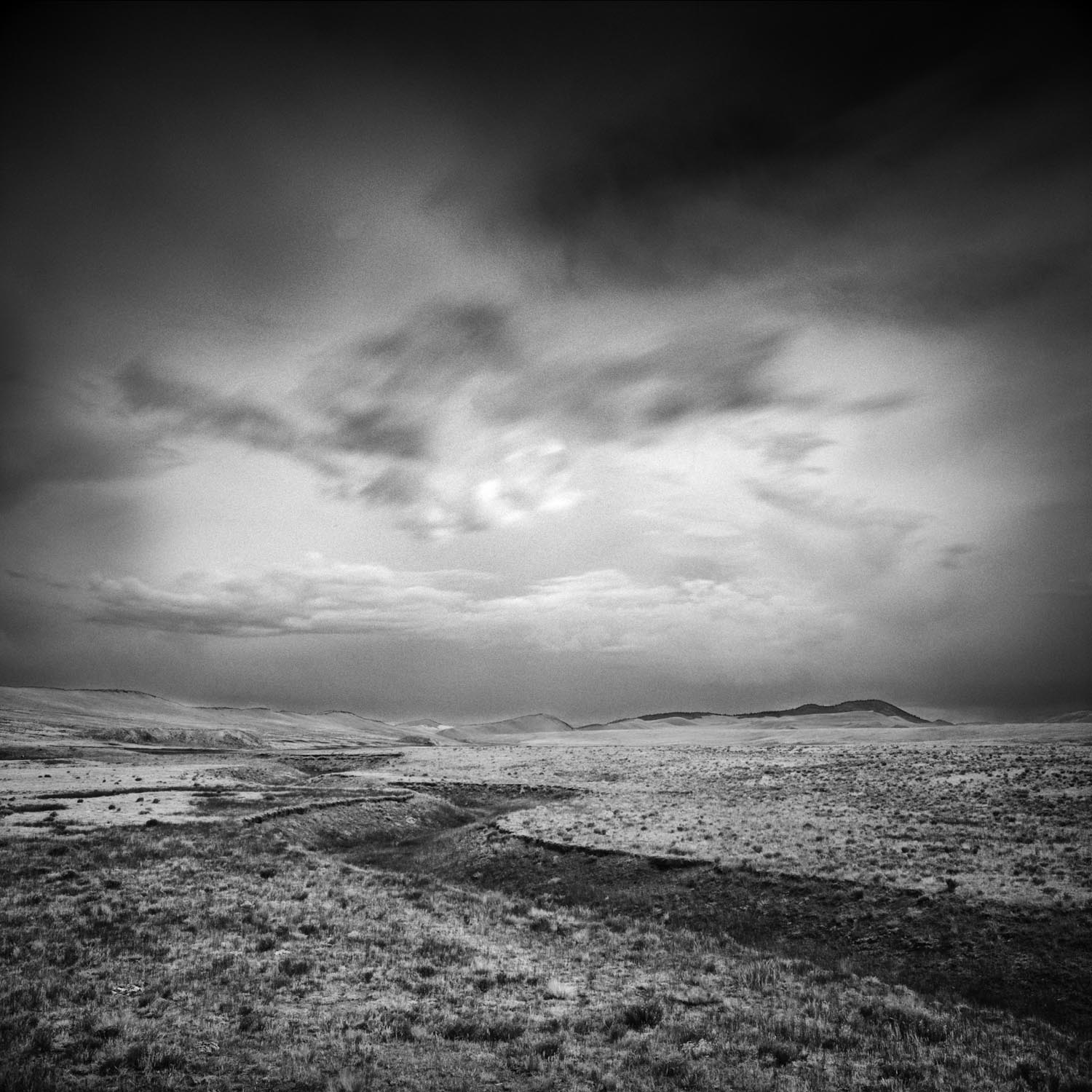 As I look back on this project, I have realized how fear provides an invitation and an opportunity. As I fearfully stepped into the Paris Mill years ago, I realized how addressing fear provides both and invitation and an opportunity to grow. Looking back, my fears were clear and present. But the opportunity provided me with a huge resilience to do the work that I felt convicted to do and produced some of my favorite images to date.
As I look back on this project, I have realized how fear provides an invitation and an opportunity. As I fearfully stepped into the Paris Mill years ago, I realized how addressing fear provides both and invitation and an opportunity to grow. Looking back, my fears were clear and present. But the opportunity provided me with a huge resilience to do the work that I felt convicted to do and produced some of my favorite images to date.
“For now we see in a mirror, dimly…” At that time, I could not know the circumstances and fears that would ensue in the years to follow. These are fears that only with God-given faith, can I walk into and through. I am still in this dark “mill” ―but not alone.
“but then face to face.” I believe He will one day, face to face, reveal the beauty only He can create through His redemption in ways I could otherwise never have known so personally.
See the complete series here. To see more of John’s work, visit johnforney.com
Advent is a season of twofold longing. First, we remember the longing of the world for the first coming of Jesus, the long-foretold Messiah who brought an easy yoke of gracious salvation and love to a weary world. Second, we look at our own world and long for its renewal at Jesus’ second coming. Things are not right here, but we can hear the Redeemer’s voice echoing everywhere. In particular, we can hear His voice in our core longings as a culture and as individuals—we long for justice, we hunger for relationships, we quest for spirituality, and we delight in beauty. None of these longings are fulfilled outside of Christ.
In John Forney’s What Remains? series, we see things and places and moments of transcendent beauty, all framed by brokenness and abandonment. These images speak both to haunting and to unspeakable beauty.
As John explained above, we now see “in a mirror, dimly.” We hear His voice glance off the mighty rocks and whisper across the confusing, empty expanses. In our brokenness, in our longing, and in our best efforts, we know all the better of the great glory beyond us. The Lord Jesus is the fulfillment of these longings, the antidote to our belligerent works-righteousness, and the kingdom of light and wholeness that we dream of on the tired earth.
As the weeks of Advent Progress, we’ll explain each individual piece here on our blog, sharing the images on Instagram. Here are direct links to the week’s we’ve covered so far:
Week One: Justice and the Cave Trail
Week Two: Relationships and the Old Tram
Week Three: Spirituality and the Mine Wall
